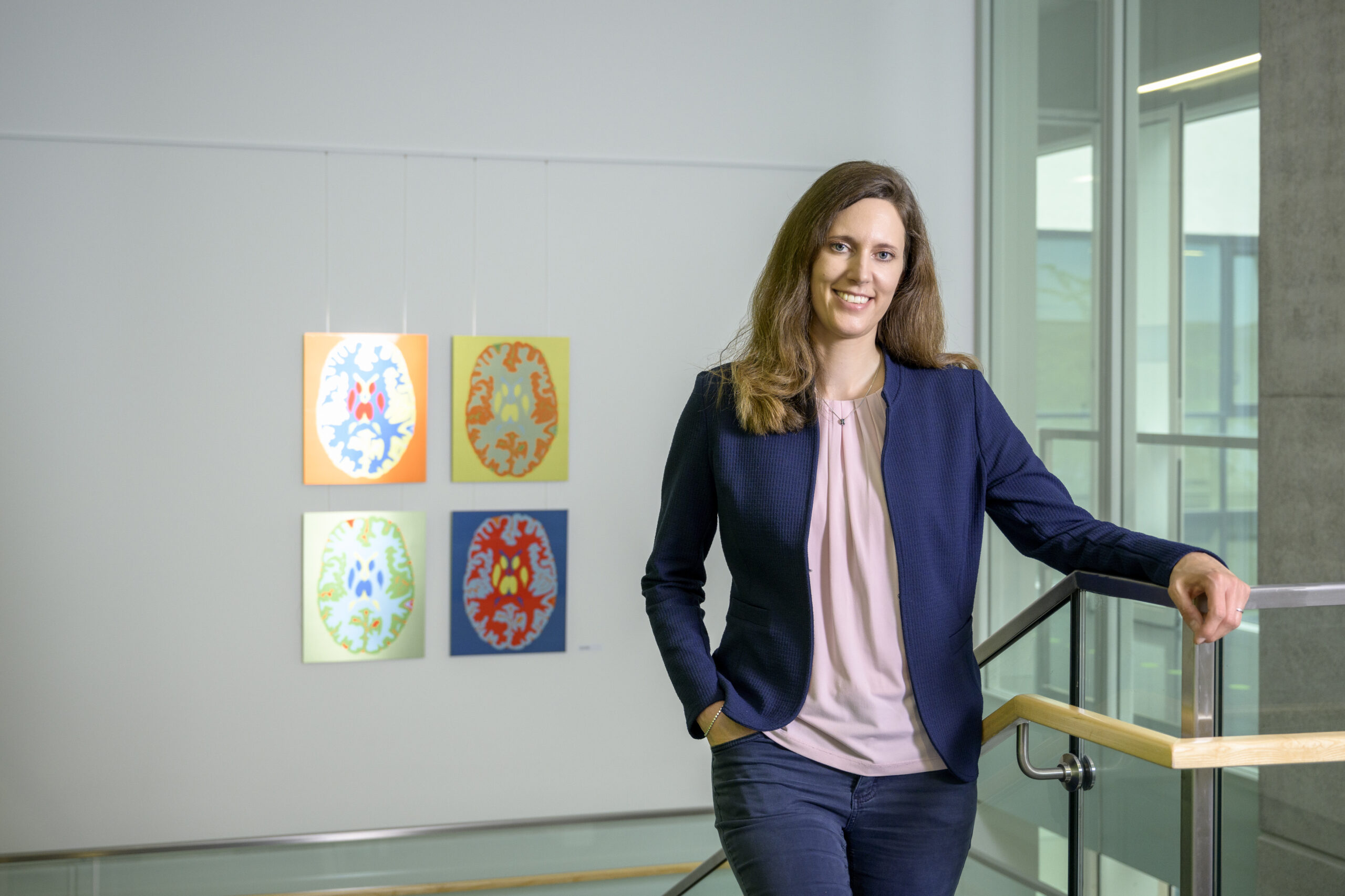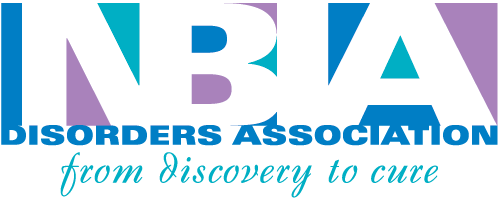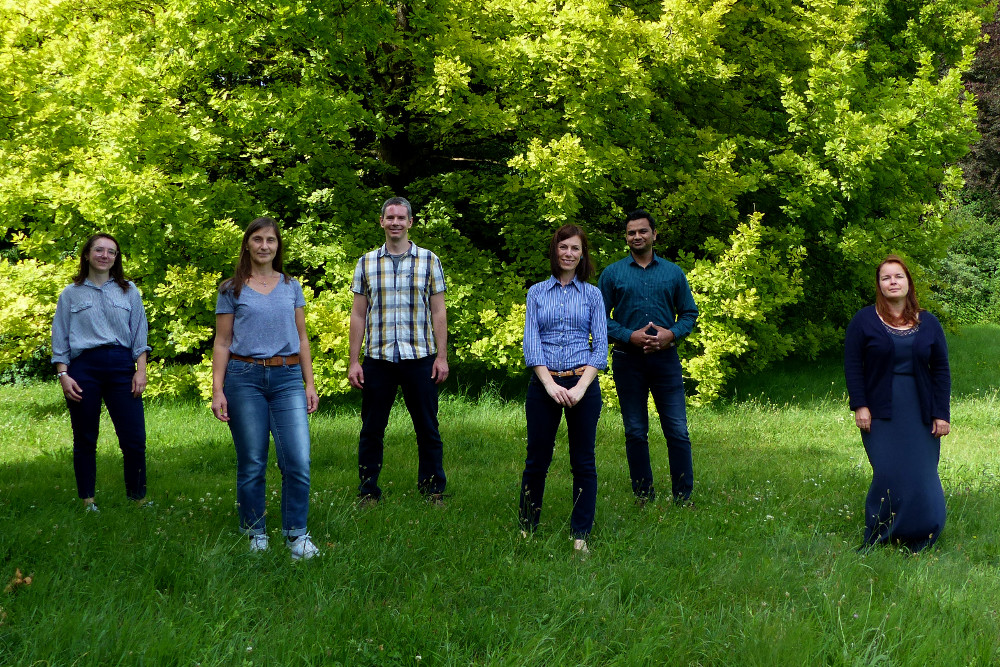Two MPAN project grants totaling $140,000 awarded
Two MPAN project grants totaling $140,000 awarded
Hoffnungsbaum e.V. has awarded two MPAN Fellowships in partnership with three sister organizations in Europe and the U.S. to advance research priorities in the field of mitochondrial membrane protein-associated neurodegeneration (MPAN) identified during an expert workshop on MPAN. MPAN is one of the four most common suptypes from the disease group, the generic term of which is "neurodegeneration with iron storage in the brain".
Dr. Lena F. Burbulla of the Ludwig-Maximilians-University in Munich and Dr. Rajnish Bharadwaj of the University of Rochester in New Jersey (USA) each received one-year research grants of $70,000 to study MPAN.
The financing was made possible by an international cooperation involving Hoffnungsbaum e.V. the NBIA Disorders Association in the USA, Associazione Italiana Sindromi Neurodegenerative da Accumulo di Ferro (AISNAF) in Italy and Stichting Ijzersterk in the Netherlands were also involved.
In a workshop at the end of 2020 led by Dr. Francesca Sofia, founder and CEO of Science Compass in Milan, Italy, the researchers jointly discussed a research strategy for MPAN based on existing research data and evaluated strengths, challenges and trends in MPAN research to establish a set of scientific priorities. Details can be found here: https://www.hoffnungsbaum.de/aktuelle-ausschreibung-einer-mpan-foerderung/

Dr. Lena F. Burbulla from the Ludwig-Maximilians-University in Munich
Mitochondria, dopamine metabolism and alpha-synuclein
Burbulla's research involves modeling human disease by creating the patient's own cells to discover new mechanisms underlying the pathology of MPAN. To do this, her lab uses induced pluripotent stem cells (iPSCs) derived from skin cells from people with MPAN. Burbulla's team will use these stem cells — which can theoretically be turned into any type of cell in the body — to create dopaminergic nerve cells called neurons, which are known to be affected in the brains of MPAN patients. Dopaminergic nerve cells produce the neurotransmitter dopamine, a chemical messenger involved in regulating body movements, memory, motivation, attention, learning, and more.
Mutations in a particular gene, C19orf12, are the only known cause of MPAN. The function of the gene-controlled protein C19orf12 is still largely unknown. Using disease modelling approaches, the researchers will use a patient-specific model to investigate the function of the C19orf12 protein, in particular how the loss of this protein affects brain cells. Burbulla and her team want to find out how the loss of C19orf12 function affects the health of the mitochondria in these patients' nerve cells. Mitochondria are the "powerhouses of the cell" that produce about 90% of the energy cells need to survive. When mitochondria are damaged, it can have catastrophic consequences for the cell, triggering a series of toxic events that eventually lead to the death of the nerve cells. Since the C19orf12 protein is known to be associated with mitochondria, its loss of function could affect mitochondria and have far-reaching effects on cell health and resilience.
The stem cell model will allow the researchers to compare the MPAN cells with healthy cells and better understand the role of the protein. They will also look beyond the mitochondria for disease-related pathology and study possible changes in the processing of the neurotransmitter dopamine in these nerve cells, as well as a protein called alpha-synuclein, which is known to pathologically accumulate in the brains of MPAN patients.
Alpha-synuclein is located at the ends of nerve cells in the synaptic cleft – the area between neurons where neurotransmitters are released to relay messages throughout the body. Abnormally shaped or excessively abundant alpha-synuclein leads to aggregation or clumping of proteins and inhibits the normal function of neurons.

Dr. Rajnish Bharadwaj from the University of Rochester in New Jersey (USA)
Knockout Flying, Lipid Metabolism and Mitochondrial Function
Baharadwaj's research will focus on better understanding the proteins produced by the C19orf12 gene. His team will use models of fruit flies that have been genetically engineered to lack the CG3740 and CG11671 genes, which correspond to the C19orf12 gene in humans.
Previous studies by other groups and his ongoing work have shown that the fly models have a shorter life expectancy, movement deficits, and a loss of neurons in the brain and retina. This suggests that the fruit flies are a promising model for studying NBIA.
The team's studies also suggest that C19orf12 is a membrane junction protein that may be involved in communication between organelles, specialized subunits within the cell, such as the endoplasmic reticulum and lipid droplets (fats). In the cell, the endoplasmic reticulum is responsible for producing proteins and is involved in the production and storage of lipids.
The team's goal is to investigate how the C19orf12 protein is involved in lipid metabolism and mitochondrial function. Lipid metabolism is the process of producing and breaking down lipids or fats in cells. The researchers want to uncover this role in the brain and other organs. Both lipid metabolism and mitochondrial function are also involved in other forms of NBIA.
Overall, the creation and study of these disease models and the research based on them will improve the understanding of MPAN and pave the way for the much-needed development of treatments.
Source: Article "Two MPAN grants worth $140,000 awarded to further disease insights" in the NBIA Disorders Association's December 2022 newsletter. We thank you for your kind permission to use the content of the article. Translations using the free version of https://www.deepl.com/translator








